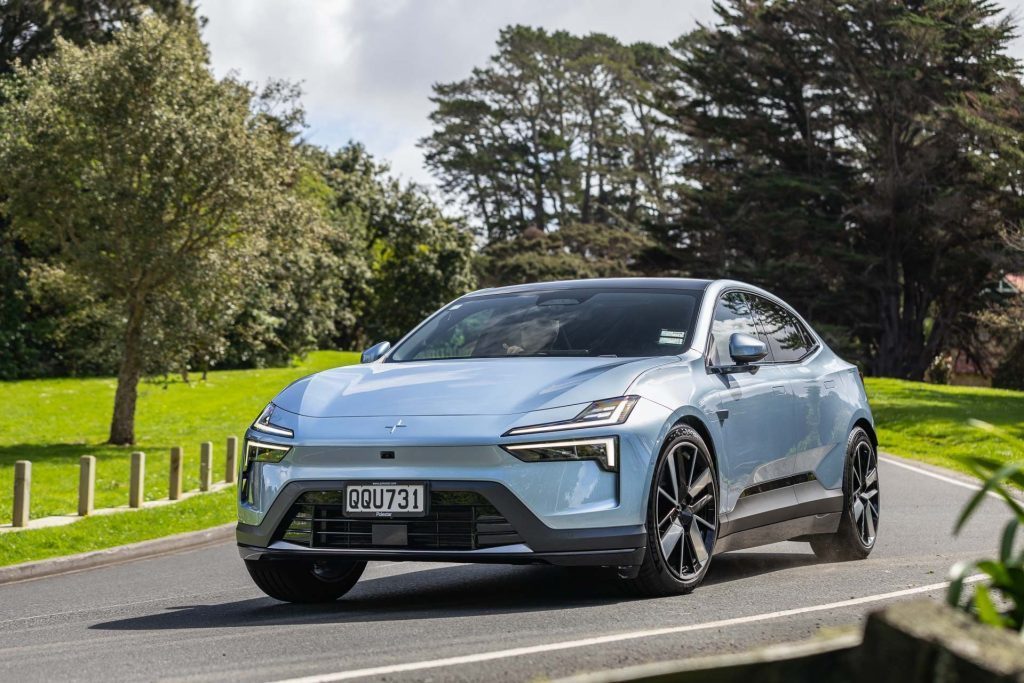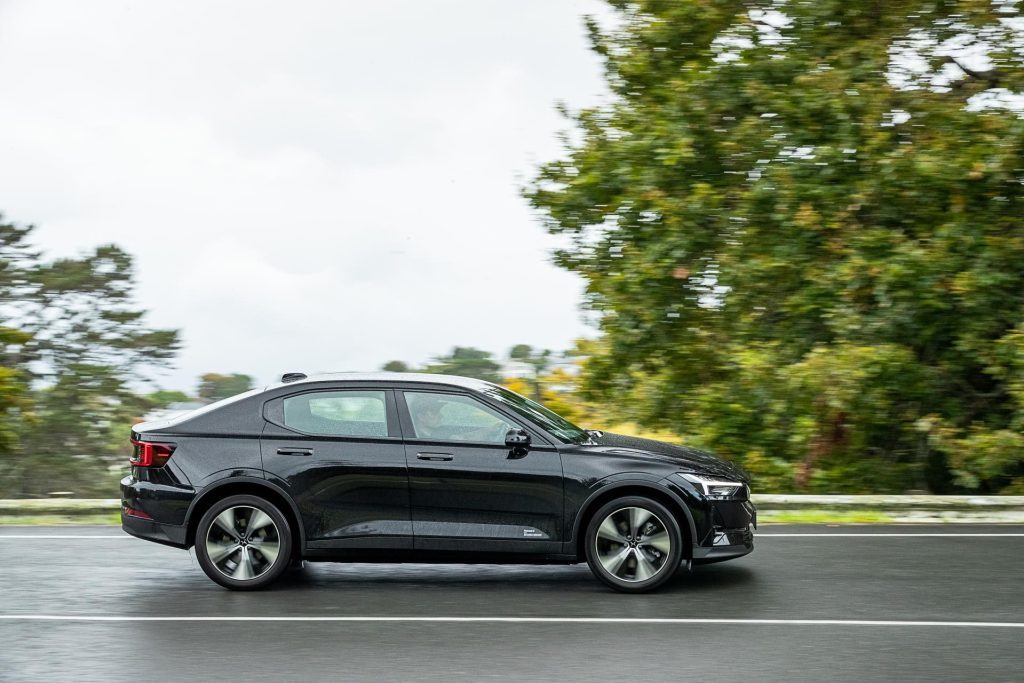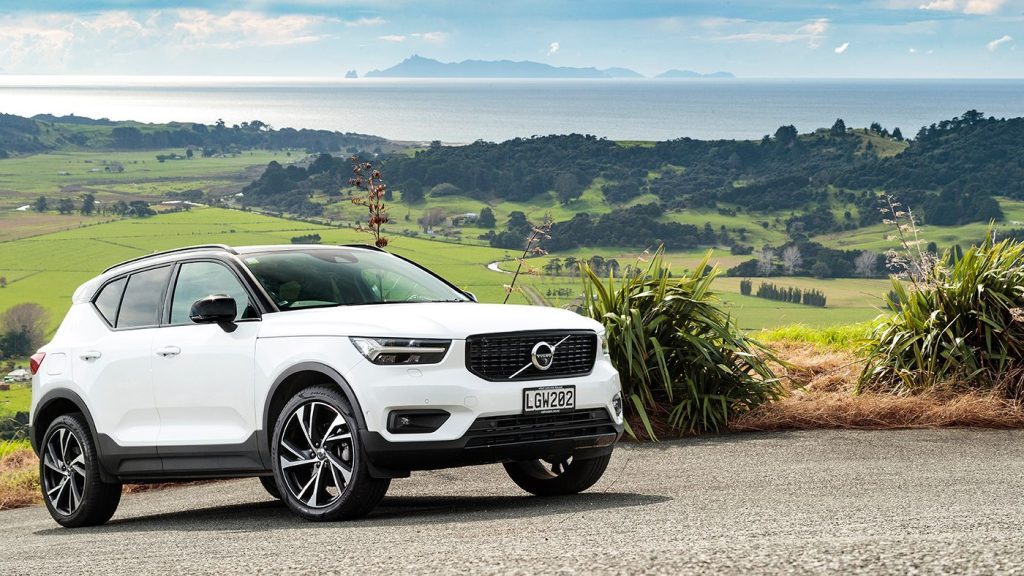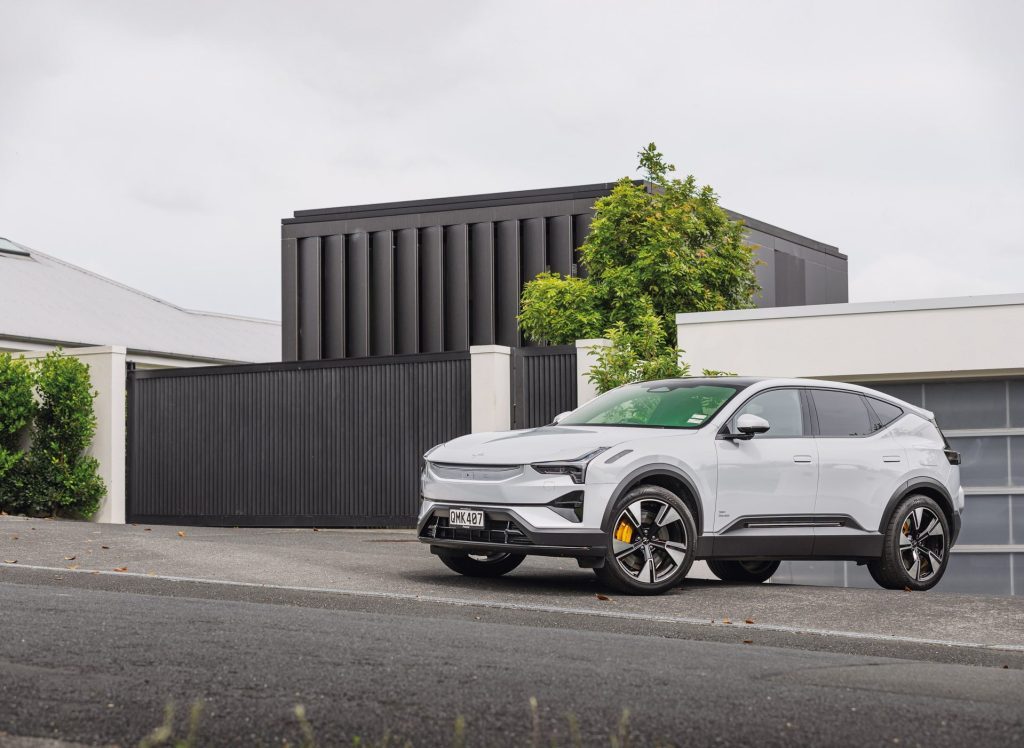Polestar monitors emissions as it decarbonises
Words/Images NZ Autocar
The true environmental impact of electric cars depends to a significant degree on how they are made.

Polestar decided to reveal the individual carbon impact for its current models. That includes sourcing, manufacturing and shipping every car it builds, as well as scrutinising the origin of some materials it uses.
Since 2020, Polestar has driven down the greenhouse gas emissions per vehicle sold by 24.7 per cent. First they assessed the impact of Polestar 2’s production, which resulted in 26.1 tonnes of CO2. Most emissions came from the car’s manufacture, namely the steel, aluminium and the batteries.

Since then they sourced aluminium from green smelters, and use renewable electricity for producing the battery, anode and cathode. That also runs its plants. So producing a Polestar 4, a bigger vehicle, now requires 21.4 tonnes of CO2-equivalent.
How does this compare with a petrol vehicle? Volvo calculated that making an XC40 emitted 14 tonnes of CO2-equivalent. That included recycling the car at the end of its life, something also factored into the EV figures.

But combustion cars continue to add carbon to the atmosphere during their useful life, in the case of the XC40 adding a further 44 tonnes of carbon equivalent from sourcing and burning petrol. So that’s 58 tonnes of CO2 equivalent.
The means of electricity generation impacts the carbon footprint of an electric car. In 2020, Polestar reckoned a long-range, single motor 2’s equivalent driving figure would add 46 tCO2e for the entire life cycle of the car. This would almost halve if electricity was generated by wind turbines.
The key message for EV owners is to charge their cars using as much sustainable electricity as possible, to minimise their carbon footprint.

Polestar now traces the origin of raw materials, addressing the social and environmental performance of mine sites.
It uses recycled materials as much as possible and steel made using renewable electricity. Steel and aluminium together comprise almost half of Polestar 2’s greenhouse gas emissions. Polestar wants to be climate neutral in car building by 2030, and focuses on what they call the ‘low-hanging fruit’ initially. Even little things help, like moving from front to rear-wheel drive for the Polestar 2 because it proves more energy efficient. It wants to decarbonise its cars entirely by 2040.
Polestar’s has shown it can reduce emissions per vehicle sold by 25 per cent and vehicle size is essentially immaterial. It is all about focusing on how it is produced rather than the size of the vehicle or its battery.





